Hello everyone, in this article, I will be sharing my knowledge and experience on the 13 types of sparrows that can be found in Missouri.
As a birdwatcher and nature enthusiast, sparrows have always fascinated me, but identifying them can sometimes be tricky.
Therefore, I’ve put together a concise overview of the different types of sparrows that inhabit Missouri, along with key characteristics and features that can aid in their identification.
Whether you’re a beginner or an experienced birder, I hope you find this guide helpful in identifying these beautiful little birds.
| Image | Name |
|---|---|
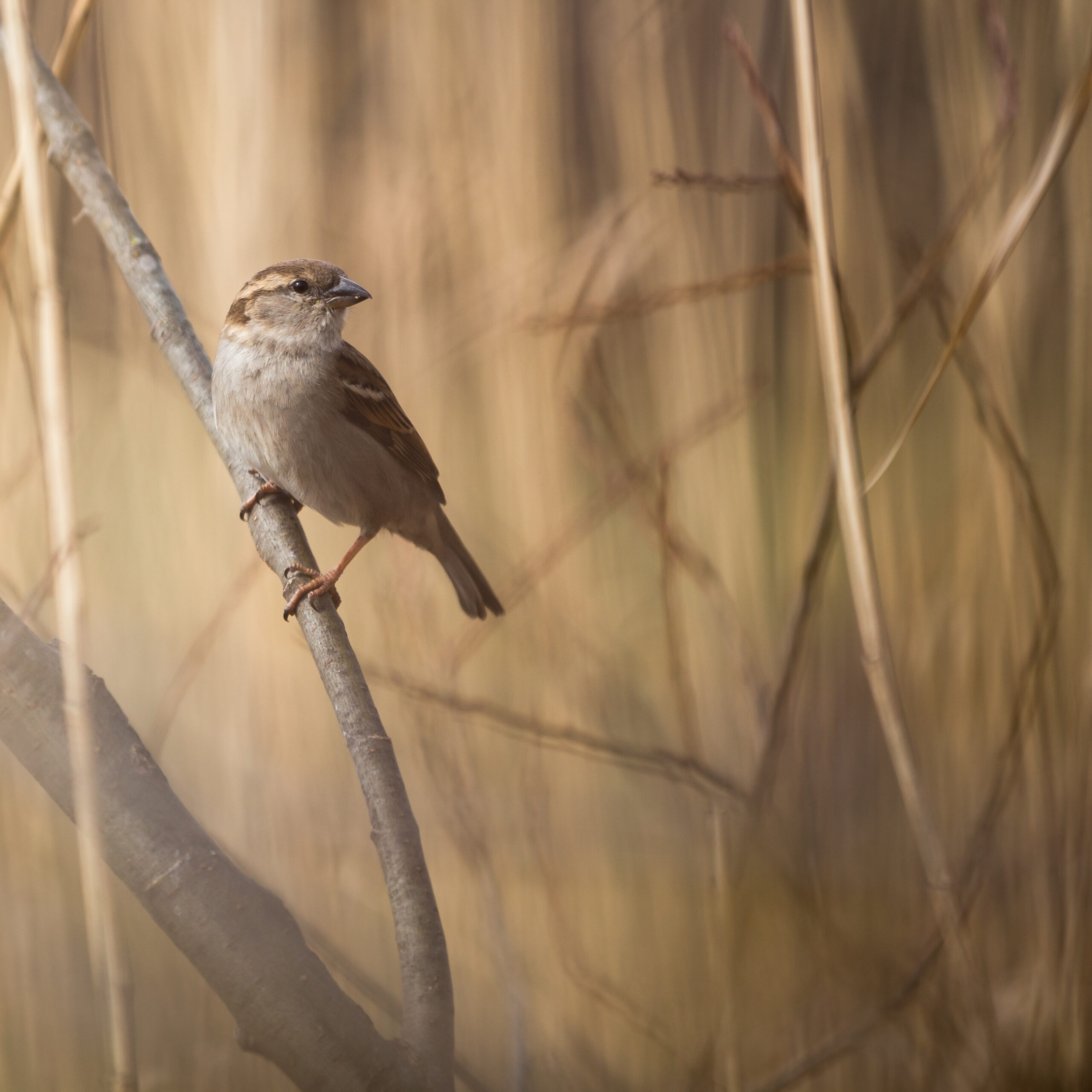 | House Sparrow |
 | Bachman's Sparrows |
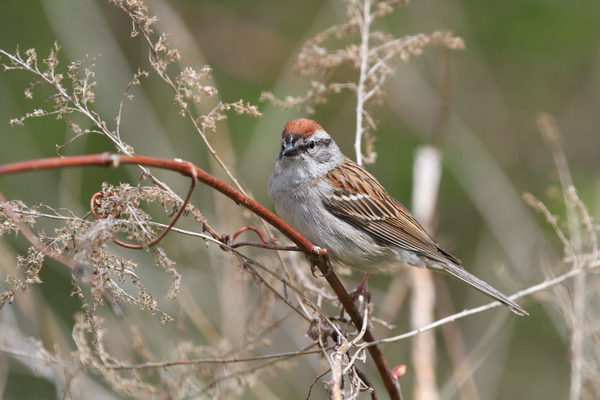 | Chipping Sparrow |
 | Field Sparrow |
 | Eastern Towhees |
 | Lark Sparrow |
 | Grasshopper Sparrows |
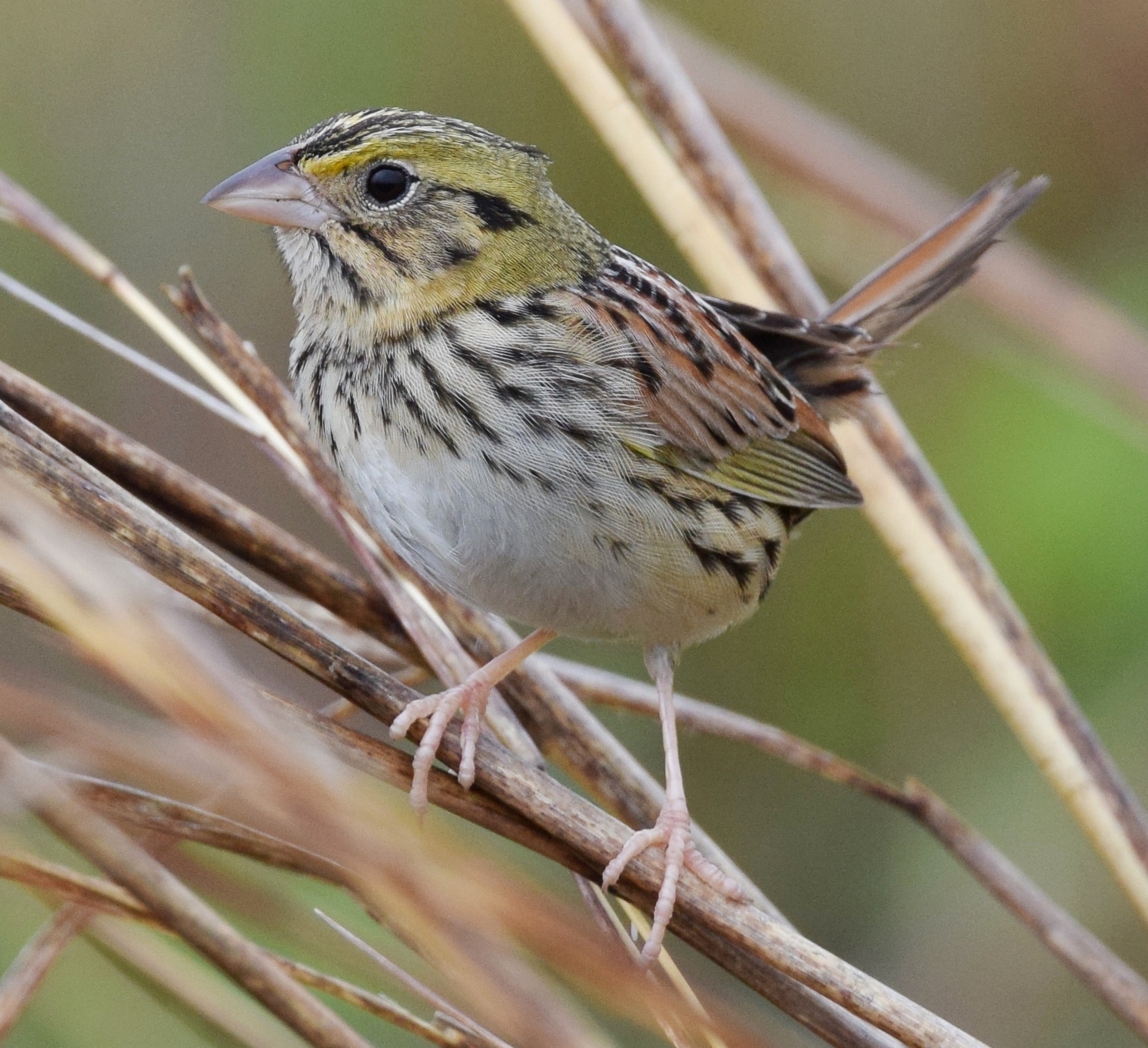 | Henslow's Sparrow |
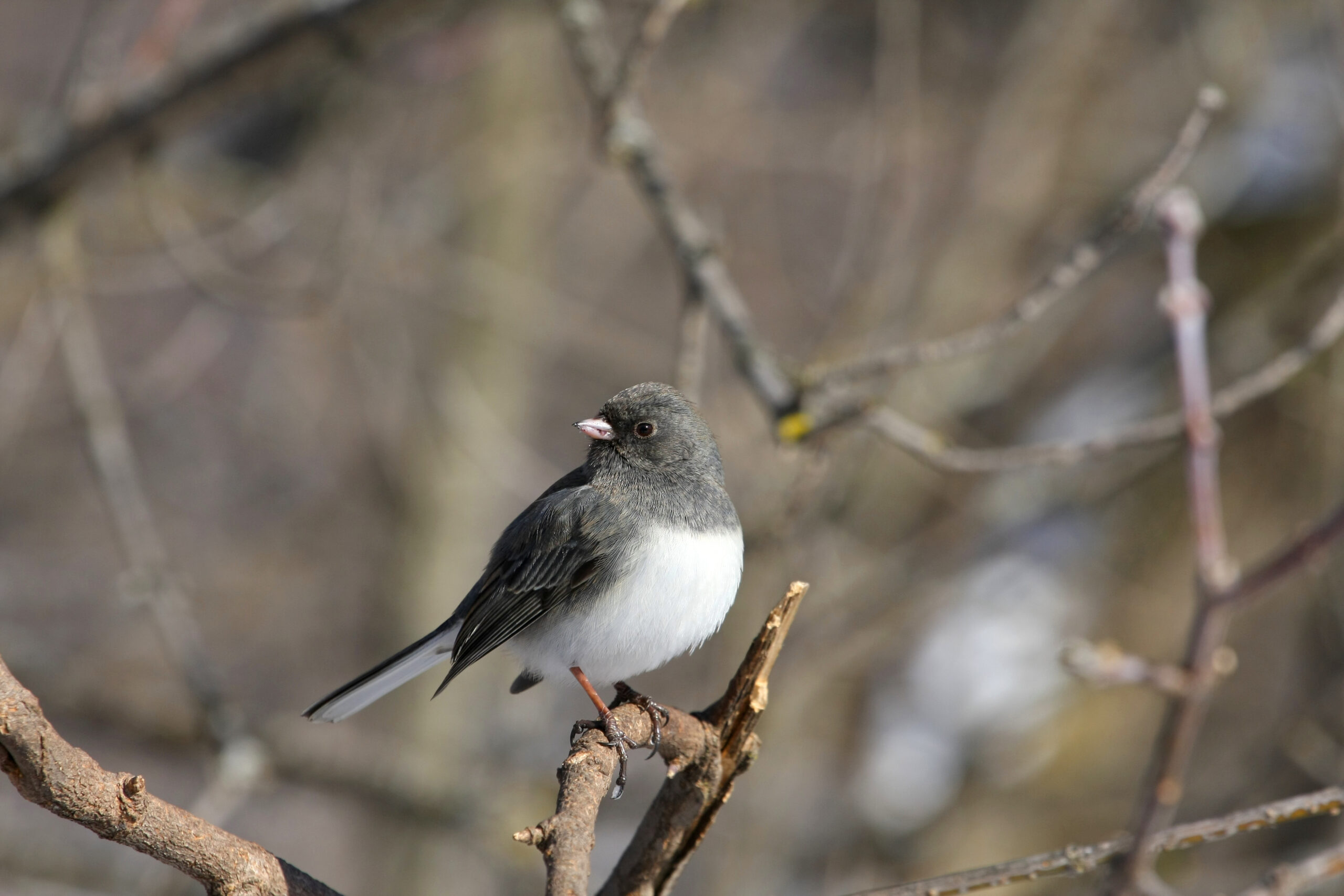 | Dark-eyed Juncos |
 | White-throated Sparrow |
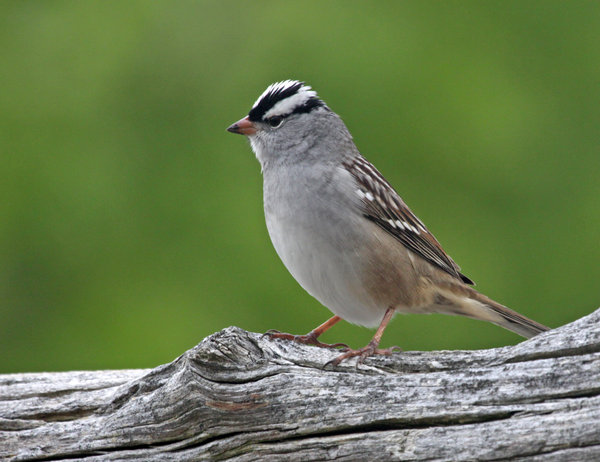 | White-crowned Sparrows |
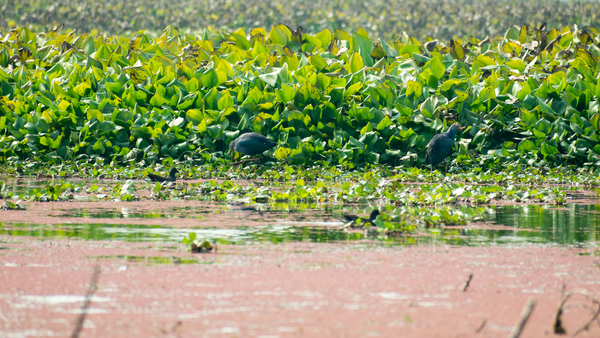 | Swamp Sparrow |
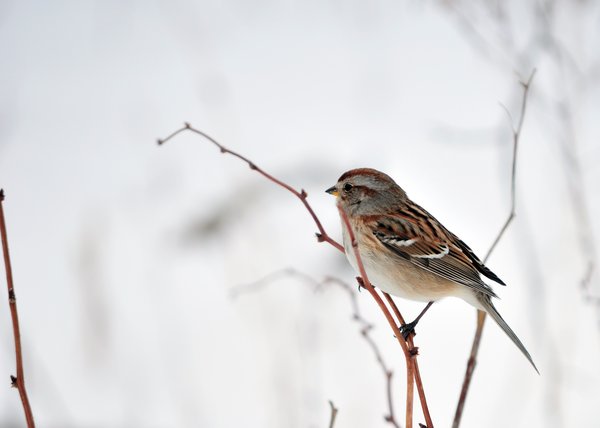 | American Tree Sparrow |
Types of Sparrows in Missouri
1. House Sparrow
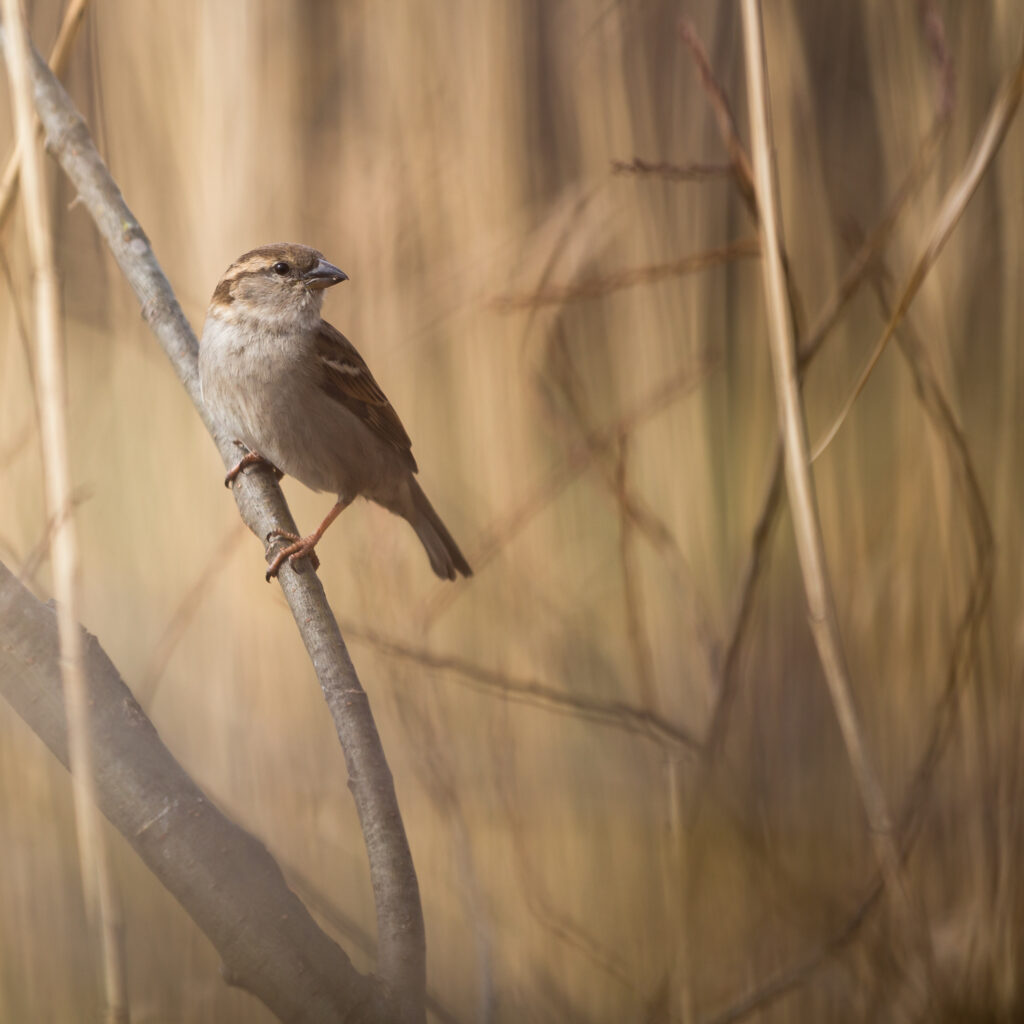
House Sparrow is the successfully introduced specie that has become widespread and is now among the continent’s most frequent bird species.
Their heads are a mix of brown and gray, while their faces and bib are white.
You can tell them apart by their black and brown backs and their grayish abdomen.
Female sparrows are duller in coloration and lack the black bib seen in males.
Since they do not migrate, they usually snag the finest breeding spots before native birds come back.
House Sparrows thrive on seed, scraps, and grain.
They aren’t native to the area, therefore, they may be called a nuisance, but you’ll still find them in your garden if you don’t provide any food for them.
The nests of these sparrows are typically concealed in obscure places such as cracks in buildings, nesting boxes, or thick foliage.
Dry grasses and plant materials are woven together to form nests, which are then covered using plumage and certain other soft materials.
They might have as many as five broods a year, each with a maximum of eight eggs.
In two weeks, their eggs will hatch, and further two weeks after that, the chicks will be ready to fly.
2. Bachman’s Sparrow
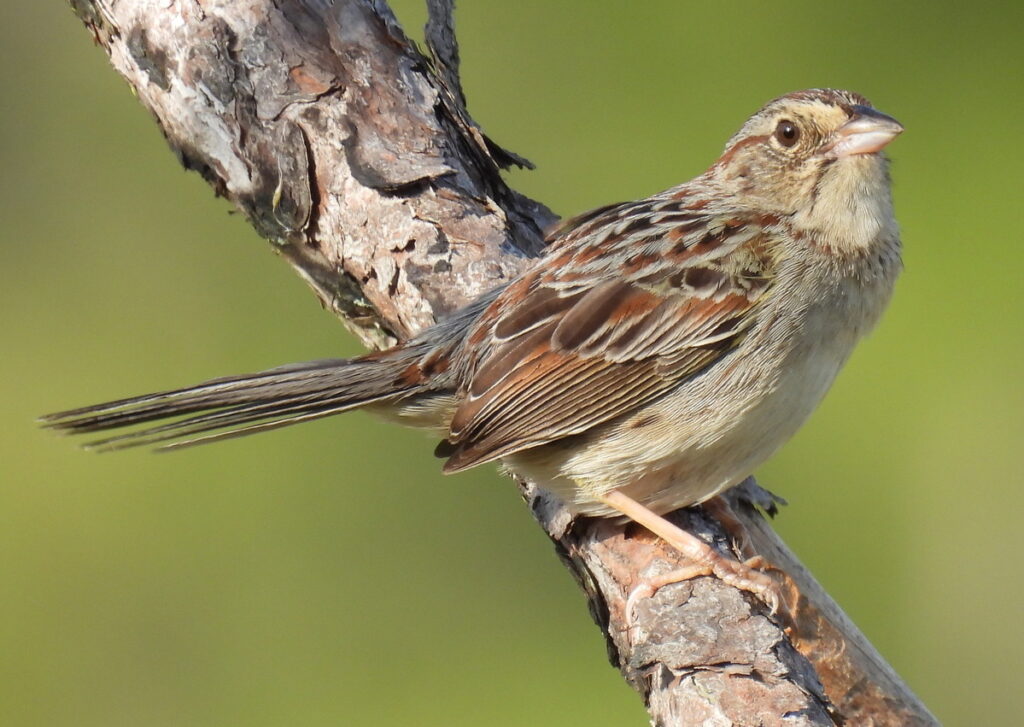
Although Bachman’s Sparrows are seldom ever seen throughout Missouri, a small population stays here throughout the year.
Birds of the species known as the Bachman’s sparrow are brown on top and bottom and are of medium size.
Their skin is grayish, their eyes are a dark reddish brown, and their eyebrows are pale.
The undersides and upper surfaces of their bodies are white; however, youngsters might possess a few yellow, streaky patterns.
Bachman’s Sparrows like open areas of mature oak or pine woodlands.
Grassy meadows, bushy scrubs, weedy pastures, and scrubby areas are also home to these animals; however, such habitat is becoming rare as a result of forest fires.
Insects and spiders, including crickets, grasshoppers, beetles, wasps, and caterpillars, make up the bulk of a Bachman’s Sparrow’s diet.
Blueberry and pine tree seeds are also a favorite food.
Bachman’s Sparrows make their nests of braided grass and weeds covered with animal fur, and they are capped with a side door.
They frequently sit on the ground, concealed by grass and bushes.
Females may lay anywhere from 2 to 5 eggs, and it usually takes around two weeks for the eggs to hatch.
3. Chipping Sparrow

Chipping Sparrow has a grey belly, a red crown, a brown and dark back, and a black eye bar.
In the cold season, the colors tend to be muted.
During the summertime, Chipping Sparrows mate in Canada and the United States, and then they migrate south to spend the winter in Florida and Mexico.
A number of them spend the whole entire year in the southern US.
Chipping Sparrows congregate on the ground in small groups and are often seen in forested areas and gardens surrounding trees.
The sharp “chip” cry they produce is where the name “Chipping Sparrow” comes from.
Their signature sound is a staccato trill.
Chipping Sparrow nests are concealed high in bushes or trees and are made by the females of the species.
The nests, which are constructed from bits of tiny roots and dried grass, are very simple and lack any substantial bulk.
A female Chipping Sparrow may produce anywhere from 3 to 7 chicks each year.
It takes approximately 2 weeks for the eggs to hatch, and the baby birds can fly at that point.
4. Field Sparrow

Even though the summer months of April through August are when you’re most likely to see a Field Sparrow across Missouri, there are always a few hardy souls that decide to remain all year.
The little, thin, brown-backed, black-spotted birds known as field sparrows.
They are mostly gray above and below, with a pink beak and crimson crest.
While the eastern parts of the United States are home to Field Sparrows all year, the midwestern states see these species migrate south for the winter.
During the mating season, male Field Sparrows may be easily located since they sing from a perch first thing in the morning.
They favor deserted pastures and are reticent, so you may not even notice them as they go about their business of eating weeds and seeds in silence.
The field sparrow’s song begins with a few soft notes before picking up pace into a fast trill.
Field sparrows build their nests close to the ground for the initial brood and gradually raise them to more precarious perches as the mating season progresses.
They build their nests out of the grass, and each clutch may contain about 5 eggs that take about 2 weeks to hatch.
5. Eastern Towhee

Striking giant sparrows, Eastern Towhees are approximately the size of Robins and are characterized by their black backs, heads, and throats, long tails, reddish flanks, and white bellies in males.
The only distinguishing feature between the sexes is that the females are brown rather than black.
Only in the southern states of the United States do Eastern Towhees remain year-round residents; their northern counterparts migrate south for the colder months.
Eastern Towhees forage in the brush and along woodland and thicket margins.
Eastern Towhees often build their nests on the ground, concealed by a thicket of dead leaves.
Branches, bark, and leaves are woven together, and animal fur or grass is used for the lining.
It takes just under 2 weeks for their maximum clutch size of six eggs to hatch and another week or so for the young to develop enough to fly.
6. Lark Sparrow

During the months of March through September, Missouri is home to a small but dedicated population of Lark Sparrows.
Despite its small size, the Lark Sparrow is easily identifiable. Its head is striped with white and brown, its back is streaked with brown, its stomach is white, and its tail is brown with white edges.
The breeding range of the Lark Sparrow in the United States spans all except the easternmost states.
Certain southern Canadian provinces are also breeding grounds for the species.
Most Pacific Coast birds migrate to Mexico for the winter, although those across California and a few other southern states often stay the whole year.
Lark sparrows are common in open areas with little covers, like meadows, although they also appreciate pastures and wooded areas with some scattered plants.
In the warmer months, Lark Sparrows will eat many insects, such as caterpillars, grasshoppers, and beetles.
Both sexes of the Lark Sparrow contribute to the construction of the nest.
As the man prepares the location, the females will begin building.
Nesting sites range from the ground to low trees to cracks in rocky cliffs.
The female fashions are a receptacle out of a variety of natural materials, including weeds, grass, twigs, and animal fur.
It takes up to 12 days for an egg to hatch and need further 10 days for the chicks to fledge.
7. Grasshopper Sparrow

The tiniest of birds, Grasshopper Sparrows, is marked by a bright orange or yellow stripe across each eye in addition to their light and dark brown spotting.
Their big beaks, short tails, and white underbellies set them apart.
Breeding grounds for Grasshopper Sparrows may be found in the eastern and middle United States, along the coast of California, and in some of the western United States.
They migrate south for the winter, stopping across the Caribbean and Mexico along the way.
Grasshopper Sparrows forage on the grass for grasshoppers and certain other spiders and bugs among prairies, grassland, and some other open environments.
They subsist mostly on discarded seeds during the colder months.
The grasshopper sparrow gets its name from the buzzing, insect-like quality of its song.
The grasshopper sparrow makes its nest amid low foliage.
Grass and other plant materials are woven together to form a roof, and a doorway is built into the side.
During the mating season, they may hatch approximately seven eggs per clutch each time.
The incubation period for the eggs may last approximately two weeks, and the young may take another week or so before they emerge from the nest.
Grasshopper Sparrows shake their prey hard to get rid of the big legs, then use the remaining carcasses to feed their young.
8. Henslow’s Sparrow
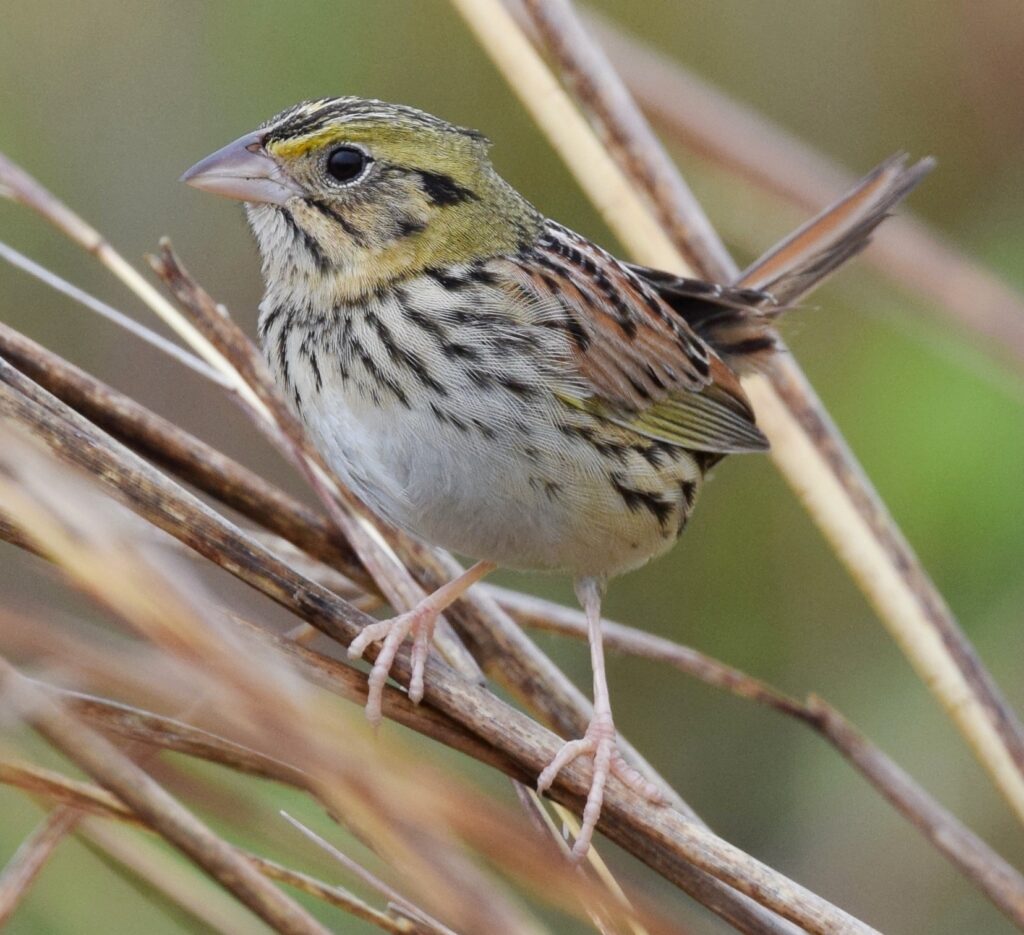
The morphological qualities of Henslow’s Sparrows make them excellent camouflage artists in their natural habitat.
Their backs are reddish, their cheeks are greenish, and their chests and abdomen are light and white with some striping.
Males and females seem quite similar, and youngsters are very identical except for having a lighter color scheme and fewer stripes on their bellies.
Henslow’s Sparrows are migratory birds, spending the winter in the southern United States but breeding in the northeast.
Henslow’s Sparrows inhabit weedy, muddy, and thick patches of grassland.
However, since their original habitat is being destroyed, they are increasingly found in unused pastures, farmlands, and other areas with abundant tall grass.
Sparrows of the Henslow subspecies are notoriously difficult to see because they like to graze at the very base of the grass stems.
They consume seeds from plants such as ragweed, sedges, and smartweed.
In the summer, they supplement their diet with caterpillars and grasshoppers.
Berry consumption has also been documented for these creatures.
Henslow’s sparrows construct their nests out of wildflowers and grass and lay them in shallow depressions or at the bottom of thick grass mats.
The female will lay anywhere from 3 to 5 eggs, which she’ll then incubate for 11 days.
It takes the young birds ten days to fledge, and for a brief time after they quit the nest, they were always looked after by their parents.
9. Dark-eyed Junco

Juncos, a kind of sparrow, may vary in hue from state to state due to their dark eyes.
In the east, they tend to have a grayish tint, but in the west, you’re more likely to see white, black, and brown.
The northeastern and western states of the Appalachian Mountains and the United States are permanent homes for dark-eyed Juncos.
During the winter, birds that spend the year breeding throughout Alaska and Canada fly south toward the United States.
Dark-eyed Juncos are prevalent all throughout the continent and may be seen foraging on the ground in open or somewhat forested regions.
In addition to seeds, they will also devour small insects.
Nests of the Dark-eyed Junco are low to the ground, concealed in foliage; they are constructed of plant fibers and covered with grasses and fur.
They may lay approximately six eggs, and both the incubation period and the fledge time are around 2 weeks.
10. White-throated Sparrow

The head of a White-throated Sparrow appears banded black and white, and the bird has a dazzling white neck with a yellow patch between its beak and eye.
Their gray undersides contrast with their brown upper bodies.
The birds may have either a tan head or a white one, representing the two different color variations.
The White-throated Sparrow is a migratory species that spends the summers in Mexico and the southern United States and the winters in the Caribbean, Central America, and the Pacific Coast.
White-throated Sparrows are common ground-dwellers in forested environments and near forest borders.
Seeds from various grasses and weeds, in addition to fruits including sumac, grape, mountain ash, blackberry, blueberry, and dogwood, make up the majority of the White-throated Sparrow’s diet.
In the summertime, they consume a lot of insects they find on the forest floor.
A few long, sluggish notes that vary in pitch make up their characteristic whistle.
Female White-throated Sparrows construct their nests in low-to-the-ground locations among thick foliage.
The inside is softened with materials like grass and animal fur, while the outside is created from moss and twigs.
Approximately six eggs are laid, and after another week or two, the chicks are ready to fledge.
11. White-crowned Sparrow

White-crowned Sparrows are huge grey sparrows having short bills, long tails, and prominent black and white bands on their forehead.
White-crowned Sparrows breed across northern Canada and Alaska before flying south towards the lower 48 and Mexico for the cold season.
However, many might stay near the Pacific Coast and the hilly West year around.
White-crowned Sparrows might be spotted foraging for food across weedy meadows, along roadsides, at the borders of forests, and in backyards.
They eat a variety of plant fruit and seeds, including blackberries and elderberries.
The males’ song is a crisp whistle, along with a succession of frantic whistles, and concludes with a buzz.
Typically, calls are brief and to the point. Females seldom call or sing.
Nests of White-crowned Sparrows are built from grass, twigs, pine cones, and moss, frequently low to the ground among bushes or on the ground in the tundra.
They hatch approximately eight eggs, which require a minimum of 2 weeks to incubate and nearly eight days for the offspring to fledge.
12. Swamp Sparrow

The backs of Swamp Sparrows are a dark brown, while their heads and wings are a rusty color.
They possess white necks and gray chests.
They bear brown faces with a black eye line and a yellow tip to their beaks, and their heads are a drab gray.
Eastern regions are more likely to be home to swamp sparrows.
They breed across north and northeastern US states and Canada prior to actually moving towards southern and eastern US states and Mexico.
As the name would imply, Swamp Sparrows are abundant around swamps, wetlands, coastal marshes, and bogs.
They graze on fruit and seeds, particularly in the cold season, and insects in springtime.
Nests of Swamp Sparrows are normally concealed among vegetation on or near the ground and built from cattails, twigs, and leaves.
The inside of the nest is made of grass and certain other plant matter.
They hatch approximately five eggs, which require two weeks to incubate, and the young require a further 1 or 2 weeks to fledge.
Swamp Sparrows don’t frequent gardens unless migrating to yards with plenty of greenery and water.
13. American Tree Sparrow

American Tree sparrows seem to be long-tailed brown-streaked chubby birds having grayish cheeks, rusty crowns, and rusty eye stripes.
They breed in the extreme north of Canada and then in Alaska, then travel towards most US states for the winter season, excluding the Gulf and Pacific Coasts.
You may see American Tree Sparrows feeding in small groups in weedy fields and beneath bird feeders.
Males perform a nice song from the winter season prior to migration.
Their melody is a tuneful succession of falling and rising whistles.
Nests of American Tree Sparrows’ are typically often on or close to the ground and are built of moss, twigs, and grass.
They lay approximately five eggs, and these require just under two weeks to incubate and approximately one week for the juvenile to fledge.
Bring American Tree Sparrows to your garden station feeders using nyjer, sunflower seeds, millet, and cracked corn.
Conclusion
In conclusion, the 13 types of sparrows found in Missouri are a diverse and fascinating group of birds.
Although they may seem similar at first glance, each species has unique characteristics and distinguishing features that make them a joy to observe and identify in the wild.
With a little practice and knowledge, anyone can learn to recognize these little brown birds and appreciate their beauty and importance in the ecosystem.
Whether you’re exploring Missouri’s prairies, grasslands, or woodlands, keep an eye out for these wonderful little creatures, and enjoy the beauty of nature around you.
FAQ
Which is the most common sparrow species in Missouri?
The most common sparrow species in Missouri is the Song Sparrow.
What is the best time of year to see sparrows in Missouri?
The best time of year to see sparrows in Missouri is during the fall and winter months, when many species migrate through the area or overwinter in the state.
Are sparrows important to the ecosystem?
Yes, sparrows are important to the ecosystem as seed-eaters, predators of insects and other invertebrates, and prey for larger birds and mammals.
How can I identify different species of sparrows in Missouri?
To identify different species of sparrows in Missouri, look for key characteristics such as bill shape and size, coloration and patterns on the head, back, and wings, and habitat preferences.
Are sparrows found in urban areas in Missouri?
Yes, many species of sparrows can be found in urban and suburban areas in Missouri, particularly in parks, gardens, and other green spaces.
Last Updated on April 7, 2023 by Lily Aldrin
